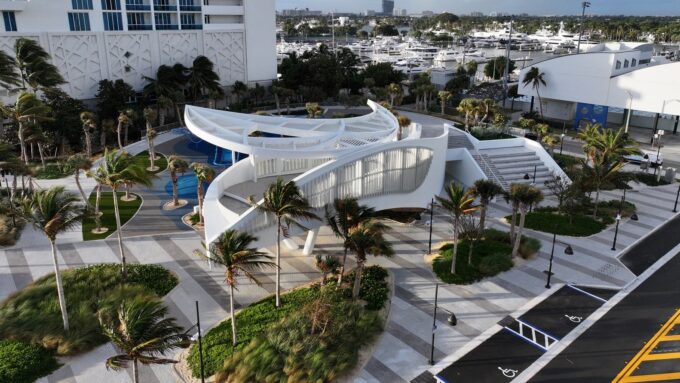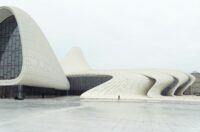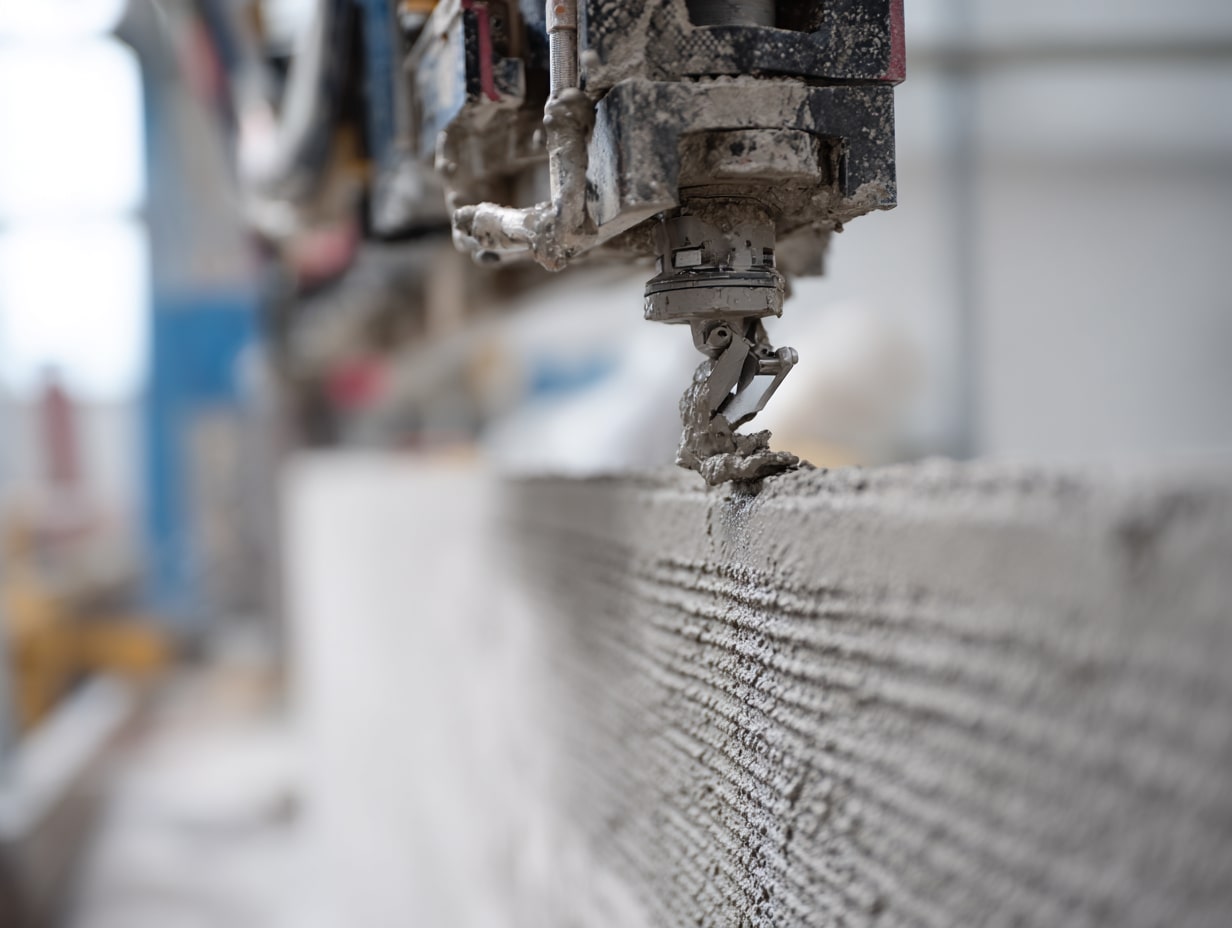- Home
- Articles
- Architectural Portfolio
- Architectral Presentation
- Inspirational Stories
- Architecture News
- Visualization
- BIM Industry
- Facade Design
- Parametric Design
- Career
- Landscape Architecture
- Construction
- Artificial Intelligence
- Sketching
- Design Softwares
- Diagrams
- Writing
- Architectural Tips
- Sustainability
- Courses
- Concept
- Technology
- History & Heritage
- Future of Architecture
- Guides & How-To
- Art & Culture
- Projects
- Interior Design
- Competitions
- Jobs
- Store
- Tools
- More
- Home
- Articles
- Architectural Portfolio
- Architectral Presentation
- Inspirational Stories
- Architecture News
- Visualization
- BIM Industry
- Facade Design
- Parametric Design
- Career
- Landscape Architecture
- Construction
- Artificial Intelligence
- Sketching
- Design Softwares
- Diagrams
- Writing
- Architectural Tips
- Sustainability
- Courses
- Concept
- Technology
- History & Heritage
- Future of Architecture
- Guides & How-To
- Art & Culture
- Projects
- Interior Design
- Competitions
- Jobs
- Store
- Tools
- More
Bauhaus vs Baroque: Function Meets Ornament in a Timeless Design Duel
Dive into the timeless clash between Bauhaus and Baroque design philosophies. Explore how Bauhaus champions minimalism and function, while Baroque thrives on ornate drama and emotional richness. Discover their enduring influence on modern design and how they continue to inspire creativity in balancing utility and aesthetics.

Design has always been a reflection of its time, and few styles contrast as sharply as Bauhaus and Baroque. On one side, Bauhaus champions minimalism and functionality, stripping away excess to focus on clean lines and purpose. On the other, Baroque revels in drama and opulence, with intricate details that demand attention. It’s a fascinating clash of philosophies—one prioritizing utility, the other celebrating ornamentation.
I’ve always been intrigued by how these two movements represent opposing ends of the design spectrum. While Bauhaus speaks to modern simplicity, Baroque embraces grandeur and emotion. Together, they challenge us to rethink the balance between function and aesthetics. When these two worlds collide, the result is a compelling debate about what design truly means.

Table of Contents
ToggleUnderstanding Bauhaus: Function Over Form
Bauhaus prioritizes functionality, emphasizing clean, simple designs. Its philosophy rejects excess decoration, focusing instead on practicality and efficiency.

The Origins And Principles Of Bauhaus
Bauhaus originated in 1919 in Weimar, Germany, founded by architect Walter Gropius. The movement emerged from the post-World War I climate, aiming to unite art, craft, and industry. Its core principle is “form follows function,” where the utility of an object dictates its shape and appearance. Teaching at the Bauhaus school focused on interdisciplinary collaboration, blending architecture, graphic design, furniture design, and fine art. The movement emphasized affordability and accessibility, aligning with its mission to design for the masses rather than the elite.
Iconic Examples Of Bauhaus Design
The Wassily Chair (1925) by Marcel Breuer exemplifies Bauhaus with its tubular steel frame and minimal structure. Another hallmark is the Barcelona Pavilion (1929) by Ludwig Mies van der Rohe, a masterpiece of functional architecture with open spaces, glass walls, and minimalist aesthetics. Bauhaus typography, like Herbert Bayer’s Universal Typeface, reflects the movement’s emphasis on clarity and geometry. Everyday objects such as Marianne Brandt’s tea infuser embody the fusion of function and beauty. These designs remain influential, defining the modernist approach to simplicity and efficiency.
Exploring Baroque: Ornamentation And Grandeur
Baroque design thrives on theatricality and exuberance, transforming spaces into immersive visual experiences. Rooted in 17th-century Europe, it stands as a stark contrast to the rational minimalism of Bauhaus.

Historical Context Of Baroque Design
Baroque design emerged during the late 16th century in Rome, flourishing throughout Europe into the early 18th century. It coincided with the Counter-Reformation, where the Catholic Church utilized opulent art and architecture to inspire awe and devotion. Monarchies, such as that of Louis XIV in France, adopted Baroque style to project power and divine authority. Key architects included Gian Lorenzo Bernini and Francesco Borromini, whose works, such as St. Peter’s Basilica and Sant’Ivo alla Sapienza, epitomized the era’s splendor.
Key Characteristics Of The Baroque Style
Baroque interiors and facades overflowed with intricate details, dramatic contrasts, and dynamic movement. Curvilinear forms, gilded embellishments, colossal columns, and grand staircases dominated its aesthetic. Designers used light and shadow interplay, known as chiaroscuro, to heighten drama. Frescos, such as those by Giovanni Battista Gaulli, adorned ceilings, depicting awe-inspiring illusions of ascending into the heavens. Materials like marble, bronze, and stucco added to the luxurious appeal, while ornate furniture, rich textiles, and elaborate moldings completed the richly layered décor.
Bauhaus Vs Baroque: A Clash Of Ideologies
Bauhaus and Baroque represent design extremes, rooted in opposing philosophies and aesthetics. Their differences highlight a tension between simplicity and grandeur.

Minimalism Vs Extravagance
Bauhaus embodies minimalism, stripping designs to essential forms and prioritizing clean, geometric elements. Materials like steel, glass, and concrete dominate its creations, with no superfluous details. For instance, the Bauhaus School buildings by Walter Gropius reflect this ethos through their flat roofs, asymmetrical shapes, and functional layouts.
Baroque thrives on extravagance, embracing elaborate embellishments and layered details. Designs integrate elements such as curved lines, gilding, and ornamental sculptures. The Palace of Versailles showcases Baroque’s dramatic flair, featuring intricate frescoes, an extensive use of gold leaf, and visually commanding spaces like the Hall of Mirrors.
Utilitarianism Vs Ornamentation
In Bauhaus, functionality drives every aspect of design. Objects and architecture serve clear purposes without decorative distractions. The iconic Bauhaus Lamp, created by Wilhelm Wagenfeld, combines utility with sleek, understated elegance, embodying the movement’s motto, “Less is more.”
Baroque design heavily relies on ornamentation to convey grandeur and inspire emotion. Interiors include ornate molding, painted ceilings, and intricate carvings, turning spaces into works of art. A vivid example is Gian Lorenzo Bernini’s Baldachin in St. Peter’s Basilica, blending architectural and sculptural elements to create a visual masterpiece elevating both form and meaning.
Modern Perspectives On Bauhaus And Baroque Influences
Bauhaus and Baroque continue shaping modern design, influencing how we balance function and aesthetics. Each movement adds unique values to contemporary art, architecture, and creative practices.

The Impact On Contemporary Design
Contemporary design frequently merges Bauhaus functionality with Baroque-inspired decoration. Minimalist furniture by brands like IKEA reflects Bauhaus values with clean lines and utility-driven principles. In contrast, luxury interior trends embrace Baroque characteristics, such as intricate patterns, gilded details, and dramatic lighting in their designs.
Architectural hybrids also illustrate this blend. Modernist homes integrate Bauhaus-style open layouts and practical forms while featuring Baroque-inspired accents, like ornate facades or curved staircases, as subtle nods to grandeur. Technology design often channels Bauhaus functionality, exemplified by Apple’s minimalist product designs focusing on usability and geometry. Meanwhile, luxury fashion designers, including Alexander McQueen, weave Baroque motifs like embroidery and embellishments into their collections, reflecting opulence.
The Ongoing Debate In Art And Architecture
The debate over balancing function and decoration remains relevant in art and architecture. Supporters of Bauhaus argue that design should offer problem-solving solutions, focusing on efficiency and user needs. Opponents stress that excessive minimalism risks losing emotional depth, advocating for Baroque elements to enhance visual richness and storytelling.
Architecturally, this debate impacts urban planning. Bauhaus-influenced buildings promote standardized layouts for affordable housing, prioritizing utility. Critics, favoring Baroque ideals, argue for emotionally resonant, visually engaging public spaces. Similarly, in fine art, minimalists embrace simplicity in the spirit of Bauhaus, while their counterparts highlight the emotive power of Baroque intricacies, creating vibrant and elaborate artworks.
Conclusion
Bauhaus and Baroque represent two distinct approaches to design, each with its own timeless appeal. While Bauhaus champions simplicity and practicality, Baroque celebrates opulence and emotion. Their contrasting philosophies continue to spark conversations about the role of function and ornament in design.
This enduring dialogue reminds us that design isn’t just about choosing one over the other. It’s about finding harmony between utility and artistry, crafting spaces and objects that are both purposeful and inspiring. Whether you’re drawn to the clean lines of Bauhaus or the grandeur of Baroque, both styles offer valuable lessons that shape how we experience the world around us.
- Architectural Styles
- Baroque Architecture
- Baroque style
- Bauhaus architecture
- Bauhaus design
- Bauhaus vs Baroque
- decorative design elements
- design fusion concepts
- design history
- Design Inspiration
- design theory
- elaborate decor
- functionality in design
- historical design styles
- Minimalist Design
- modern design trends
- ornamental architecture
- timeless design
Submit your architectural projects
Follow these steps for submission your project. Submission FormLatest Posts
3D Printed Homes: Time, Cost, and What to Expect
3D printed homes explained: realistic timelines (24–72h walls, 8–16 weeks total), true...
How a Contact Centre Boosts Trust in Your Building Business
In construction, trust is the glue that holds projects together. Clients need...
How Real Time Parcel Geolocation Is Redefining Last Mile Efficiency for Modern Businesses
Last mile delivery has become the most critical point in the customer...
How Can Small Spaces Stay Stylish and Relaxing?
In today’s fast-paced urban lifestyle, small living spaces are becoming increasingly common....












Leave a comment